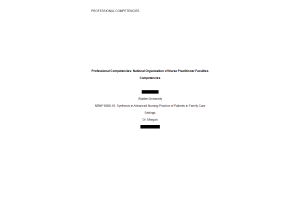NRNP 6568 Week 8 Comprehensive Practice Questions (100%_Correct)
- $29.00
- Question: Martin is a 73 y/o male who has a 50 pack/year history of smoking and comes to the clinic for his annual physical. As you are leading him back to the exam room you note that he has dyspnea with minimal cough, a barrel chest, and appears to have lost weight since his last visit. Your physical exam confirms a 20 lb. weight loss and more noticeable pursed lip breathing. Your diagnosis is:
- Question: Juan, an 82 y/o male, is brought to the clinic by his daughter with LLQ pain, anorexia, nausea, and vomiting. Palpation of the abdomen reveals a positive rebound tenderness, positive Rovsing’s sign, and rigid abdomen. The NP in Juan’s case should:
- Question: Judy, a 28 y/o, presents to the clinic with a fever, vaginal discharge, and pain in the lower abdomen, pelvis, and lower back. These symptoms are accompanied by chills, nausea, and vomiting. This presentation is most typical of:
- Question: Mark is a 2-month-old infant, and he should be able to do all the following tasks except:
- Question: All of the following are presumptive signs of pregnancy except:
- Question: Differential diagnoses for patients with alcohol use disorder would include all the following except:
- Question: Bonnie is a 76 y/o female patient who resides in a nursing home. She is currently on a 10-day course of Clindamycin for a recurrent bacterial vaginal infection. She has started having 10–15 watery stools per day. The best way to treat Bonnie’s diarrhea is:
- Question: Kyle is a 68 y/o male who comes to the clinic for his annual checkup. His chief complaint is that for the past couple of weeks he has had severe, sharp, excruciating pain in his abdomen, flank, and back. During the physical exam, the NP notices that on palpation of the abdomen she feels a palpable mass that is greater than 3 cm in width. To confirm Kyle’s diagnosis the NP would immediately order which test(s)?
- Question: Sara is a 38 y/o multipara who is in her 6th–7th month of pregnancy with her fourth child. She has a new onset of vaginal bleeding that is worsened by intercourse. On external physical exam, you note that her uterus is soft and non-tender to palpation. If Sara started having uterine cramping, then the most appropriate immediate treatment would be:
- Question: Andre is a 52 y/o construction worker who stayed home today because he was having severe chest pain. His wife calls the clinic and describes his symptoms as: squeezing chest tightness, with pain that radiates to the left side of his neck, jaw, and left arm. The NP’s immediate response should be to tell the wife:
- Question: Pityriasis rosea is described as having a Christmas tree–like pattern.
- Question: Archie is a 19 y/o male who comes to the clinic with his significant other because of recent outbursts and then long periods of mood changes that cycle between mania and depression. His most likely diagnosis is:
- Question: An S3 heart sound is considered abnormal if it occurs after the age of 35–40 years of age.
- Question: Which of the following contraceptive drugs are used in the treatment of acne?
- Question: Artie is a 21 y/o male who comes to the clinic with a chief complaint of paroxysmal coughing without an apparent cause. He states that this has been going on for about 15 days. He initially had a mild fever and a runny nose. First-line treatment for Artie would include macrolides.
- Question: Pneumococcal vaccine is recommended for which of the following groups of patients?
- Question: The most common drug trigger for Stevens-Johnson Syndrome include all the following except:
- Question: All of the following are pharmacological treatments for osteoporosis except:
- Question: The average age range of the beginning of natural menopause is:
- Question: Antipsychotics lead to an increased risk of metabolic syndrome.
- Question: Artie, a 36 y/o male, comes to the clinic with chief complaint of: intermittent flank one side flank pain. The pain is an 8 on a scale of 1–10, with 10 being the worst pain he has ever felt. He states the pain lasts from 20–60 minutes and that he must either stand or walk when the pain hits. He also notes that he has blood in his urine. All of the following could be risk factors for Artie except:
- Question: Zollinger-Ellison syndrome causes high levels of acid production in the stomach.
- Question: Deep palpation of the left lower quadrant of the abdomen causes referred pain to the RLQ. This is a positive for:
- Question: Risk factors for Alcohol Use Disorder include which of the following?
- Question: Andrew, a 41 y/o male resident of Oklahoma, presents to the clinic in July with the following symptoms: fever, chills, severe headache photophobia, and myalgia. He states that since his fever occurred 2 days ago, he now has this rash of petechiae on wrists, forearms, and ankles. The first line pharmacological treatment for Andrew would include:
- Question: Oscar is a 41 y/o male who presents to the clinic with onset of fever, n&v, with a rapid onset of pain that radiates to the midback, epigastric region. On physical exam, you notice guarding over epigastric area and a positive Cullen’s and Grey-Turner’s sign. The most likely diagnosis is:
- Question: In a pregnant woman, most of the weight gain occurs in which trimester?
- Question: Dylan is a 22 y/o Type 1 diabetic. He eats 40 grams of carbohydrates for lunch. If he follows the 450 Rule, and wants to dose himself with Rapid Acting Insulin (RA) to compensate for the increased carbohydrates, then he would give himself how much RA insulin:
- Question: Carlos is a 64 y/o male who has previously been diagnosed as a Category A COPD patient based on Gold guidelines (2017). The Category A patient group includes which of the following?
- Question: Josh is a 29 y/o African American male who has a history of Hashimoto’s thyroiditis. He reports to the clinic today with a chief complaint of white patches of skin with irregular shapes that have begun to appear on his hands, arms, and face. His most likely diagnosis is:
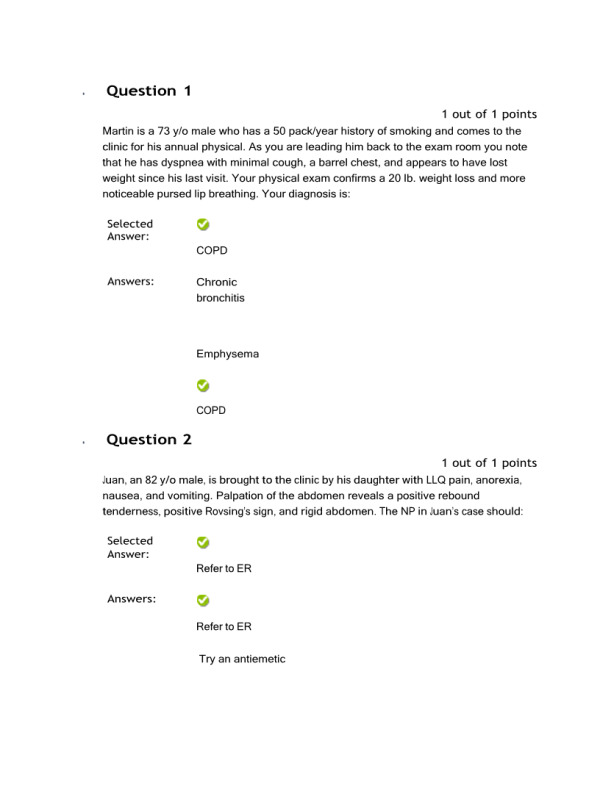
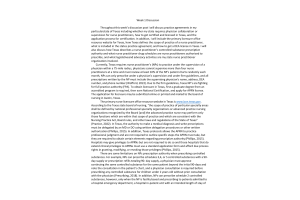
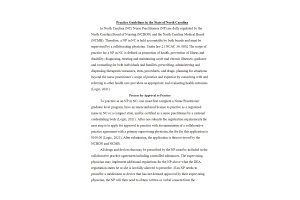
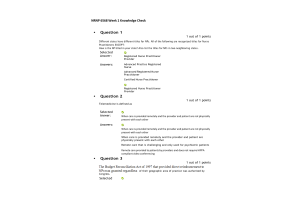
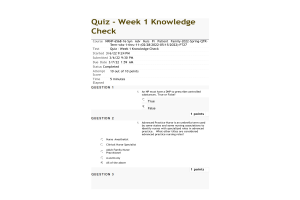
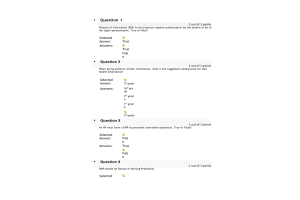
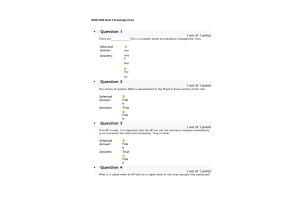
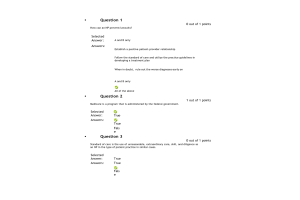
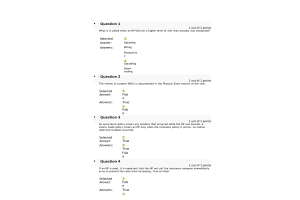

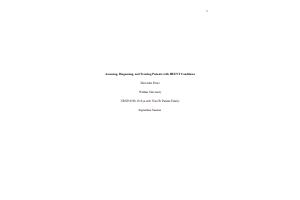
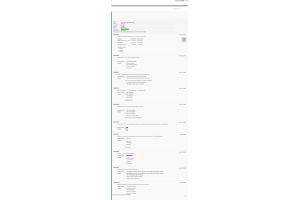
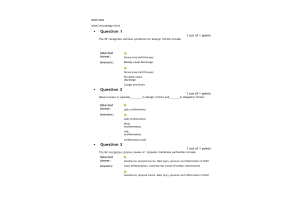
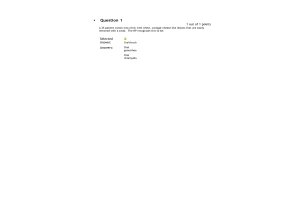
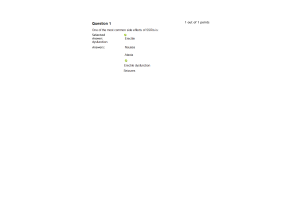
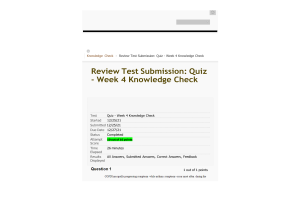
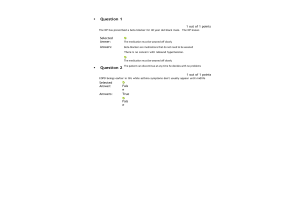
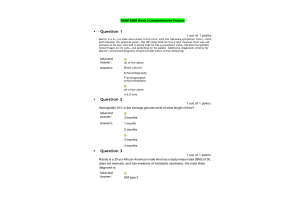
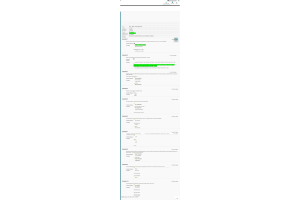
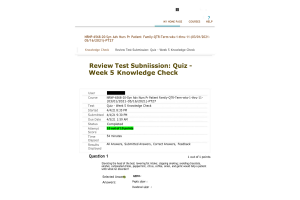
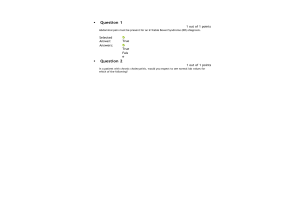
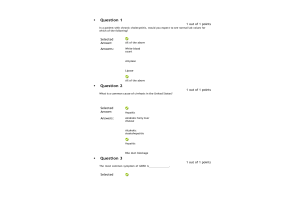
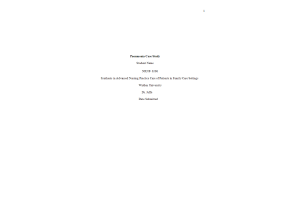
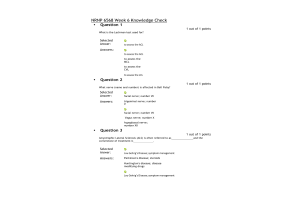
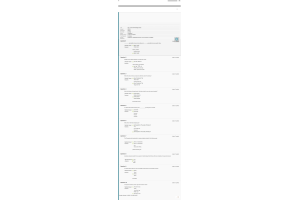
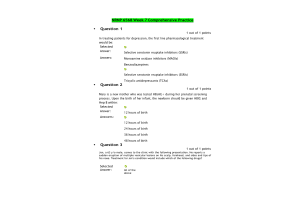
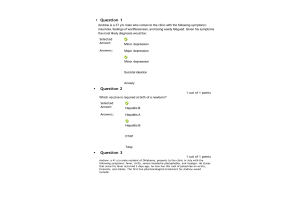
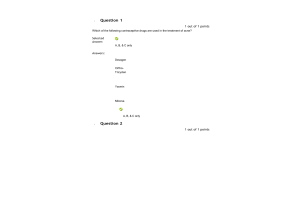
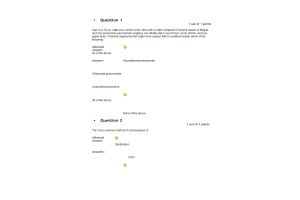
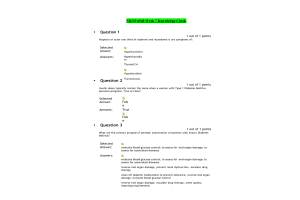
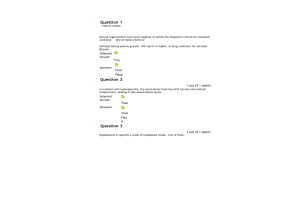
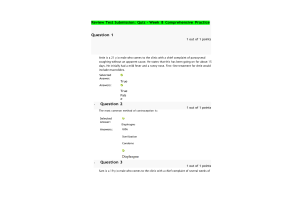
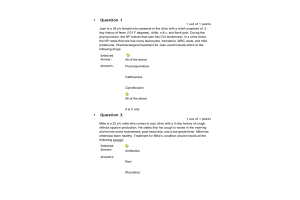
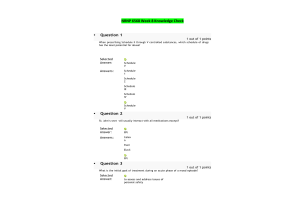
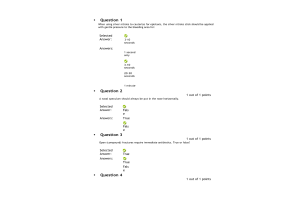
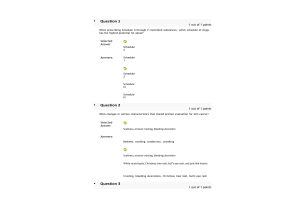
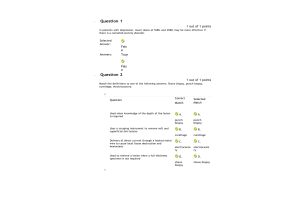

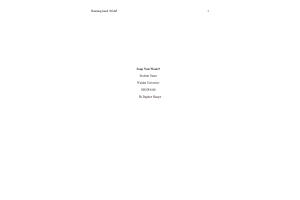
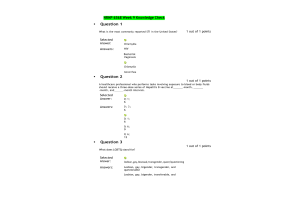
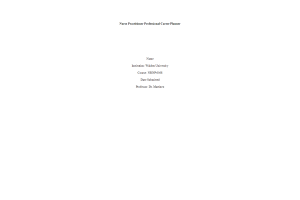
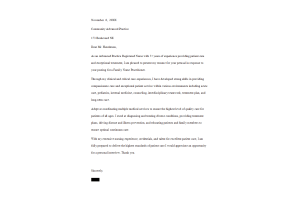
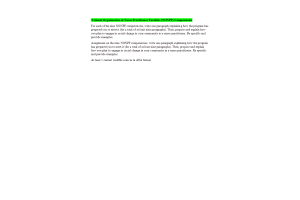

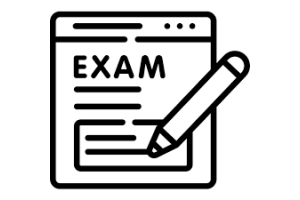

-300x200.png)


